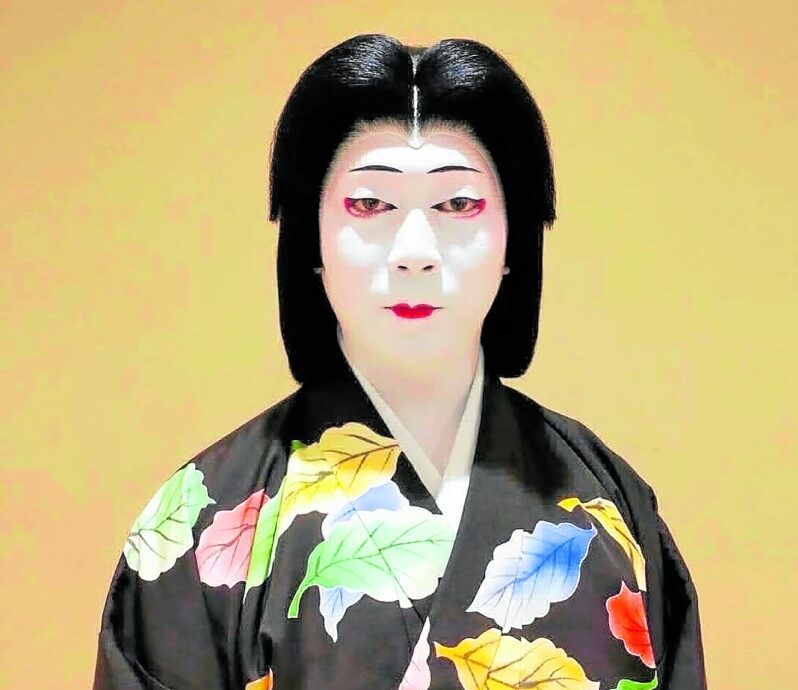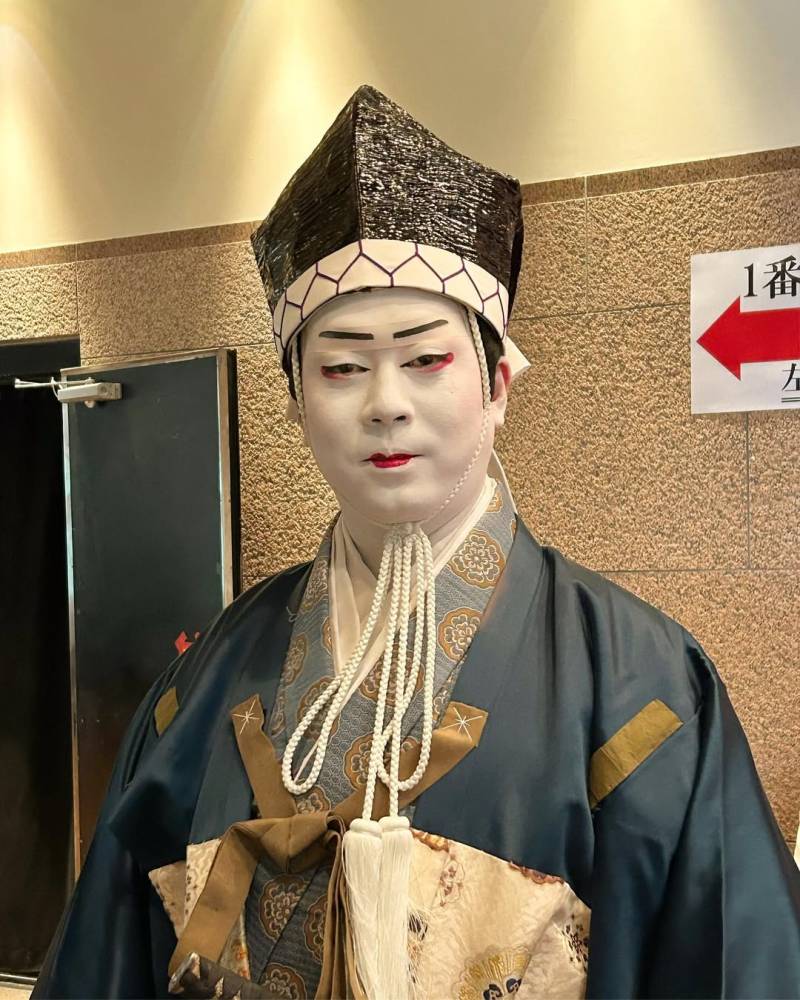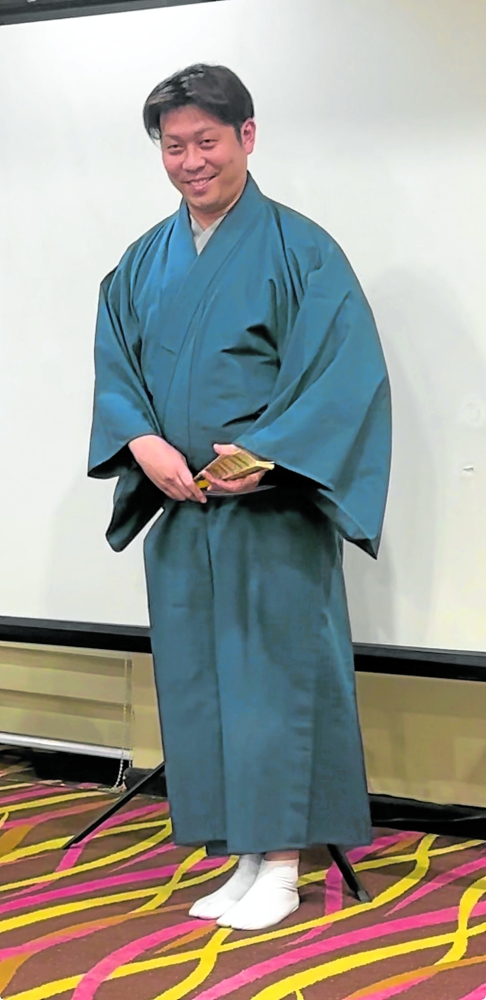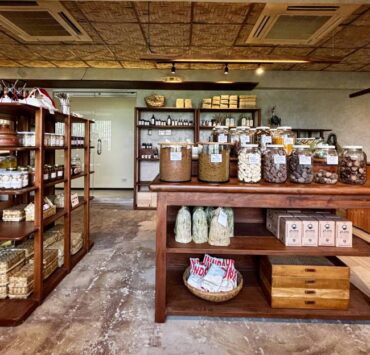From Tokyo, kabuki finds a new stage in Manila

Japanese kabuki actor Kotaro Nakamura is set to introduce the centuries-old kabuki art form to Filipino audiences, beginning with live performances and workshops in the coming months.
As part of the 70th anniversary celebration of Japan–Philippines diplomatic relations, Nakamura aims to bridge cultures through traditional Japanese theater.
“This is something I’ve always wanted to do,” he said in a recent media gathering. “I fell in love with the personality of Filipinos. I saw so many similarities between our cultures, and I thought, kabuki could be that bridge.”
A sixth-generation kabuki performer, Nakamura will be collaborating with the Japan Foundation Manila and the Japanese Embassy to bring this iconic stage tradition to local venues. According to his manager, Jun Esturco of KG Management Inc., performances and lectures are set to begin in July, with Nakamura returning frequently for workshops.

Kabuki, which dates back over 400 years, is anything but a casual performance. Behind the scenes, it’s supported by hundreds of crew members. But Nakamura himself is impressively efficient when it comes to suiting up. “I do my makeup in about 10 to 15 minutes. I’m ready after about 30 minutes,” he shared through an interpreter.
That’s no small feat, considering some kabuki costumes can weigh up to 20 kilograms—or even 60 kg when soaked. “One time, it rained hard during an outdoor performance,” he recalled. “But I kept going. I told myself, ‘This is my soul. This is what I do.’”
Not a trend
In today’s entertainment landscape, dominated by K-pop and short-lived trends, Nakamura acknowledges that traditional arts like kabuki are often overlooked, especially by younger generations in Japan.
“Trends are moving faster than ever,” he said. “Something viral three weeks ago is already forgotten. But kabuki isn’t a trend—it’s been evolving for 400 years.”

He hopes bringing kabuki to a new, enthusiastic audience can breathe fresh life into the art form. “Many young Japanese don’t watch kabuki anymore. So I thought, maybe I can reintroduce it from the Philippines.”
His connection to the country runs deeper than diplomacy. As a child, Nakamura was moved by the dedication of Filipino exchange students at his school. While he and other students played soccer, the Filipinos stayed indoors to study and write letters to their families.
“I asked them why, and they said, ‘Our families support us, so we have to give back.’ I was really touched. It made me realize how blessed I was. And I thought, one way I can give back is to share kabuki with the world,” he pointed out.
Performance art
He also believes kabuki will resonate with Filipinos’ deep love for performance. “Kabuki in Japanese characters means ‘sing,’ ‘dance,’ and ‘skill,’” he explained. “Filipinos love singing and dancing. I think it’s a perfect match.”
To overcome the language barrier, Nakamura plans to learn both English and Tagalog. While kabuki is typically dialogue-heavy, he believes that “dancing is universal. It can express things beyond words. That’s how I plan to connect.”
He’s also committed to understanding the Filipino audience. “With the number of islands and the emotional diversity of this country, I have to understand the culture first. That’s how I’ll know the best way to approach it.”

Although kabuki today is performed exclusively by male actors, Nakamura specializes in onnagata—female roles—a tradition rooted in kabuki’s early history. “Originally, kabuki was performed by women near the riverbanks. But eventually, female performers were banned. Now, men perform both male and female roles.”
He finds joy in the complexity of portraying women on stage. “It’s difficult, but fun. I observe how women move, how they use their fingers. There’s beauty in those small details.”
For now, Nakamura’s plans include short-term projects like kabuki makeup demos and dance workshops. But he’s thinking long term. “I’d love to keep coming back, letting Filipinos experience kabuki and get to know it.”
And what does he hope audiences will take away from the experience? “That kabuki is beautiful. That Japanese culture has heart. And that through music and dance, we can understand each other—even without words.”

















